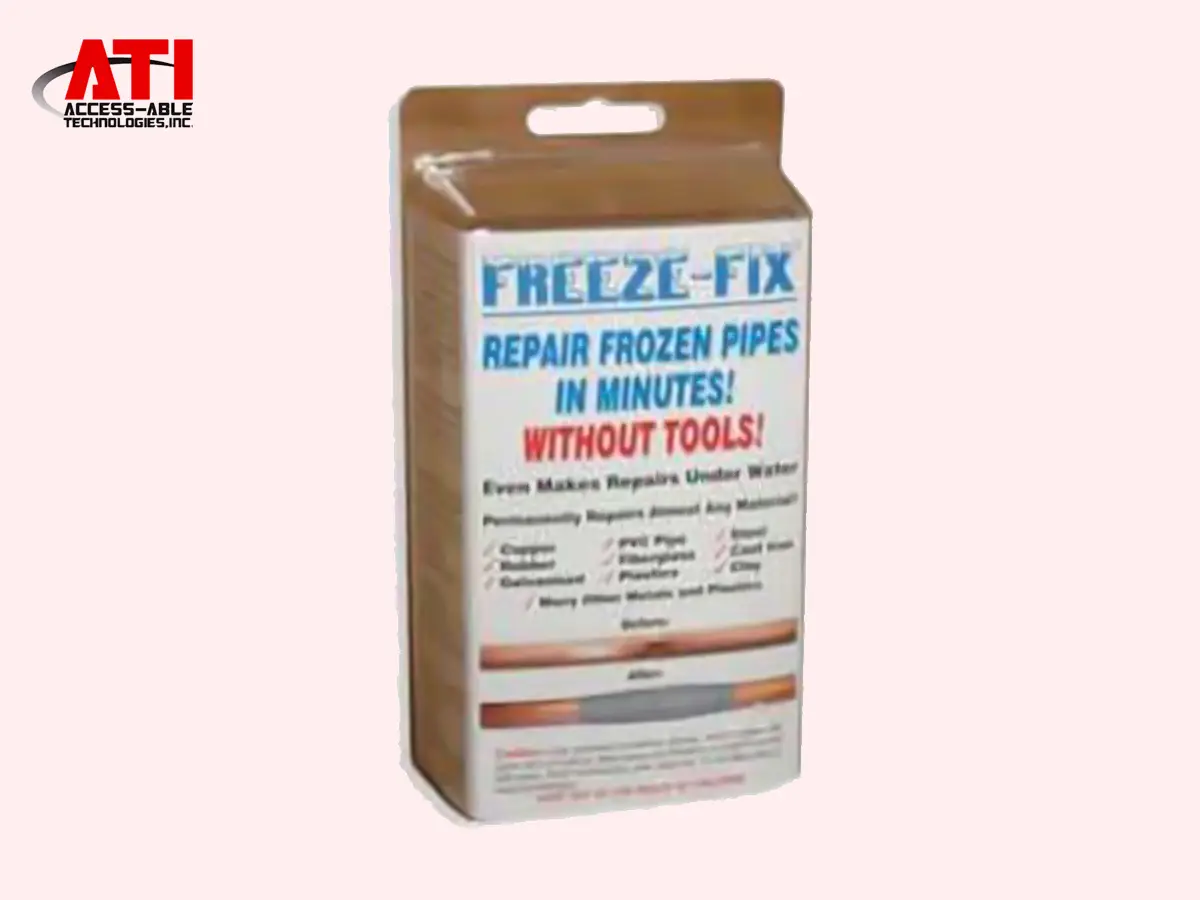
Frozen Pipe Warning Signs You Need to Know Before It Bursts
When winter hits hard, your plumbing system takes the brunt of the impact. And few things are more disruptive than a burst pipe—especially one that could’ve been prevented. If you’re looking to avoid the expensive headache of frozen pipe repair, the first step is knowing exactly what to watch for.
Because once a pipe bursts, the damage isn’t just wet—it’s extensive. But what signs point to trouble before disaster strikes? In this blog, let’s dig into the subtle (and not-so-subtle) red flags that suggest your pipes are more ice than water.
Signs Your Pipes Are in Trouble
- Unusual Drop in Water Pressure
Ever turned on the tap and it dribbled like a most reluctant drip? A sudden drop in water pressure should never be just bothersome; it could be a sign of frozen pipes. A blockage forms ice inside a pipe, allowing no flow. The tighter the ice forms, the lower your pressure will be.
Allow this pressure to build, and it may get out of control with the ice inside spreading and so opening up cracks or outright fractures in your pipe. Kind of like a bottle of soda left in the freezer, but cleanup will cost you thousands of dollars.
- Frost on the Pipes Themselves
Do you possess exposed pipes located in your basement, crawlspace, or attic? If it is so, give it a visual inspection. When you see that white, frosty coating starting to form on the surface, it means the pipe’s temperature is definitely going below freezing.
Again, this may not be newsworthy in much colder regions, but frost means you’re on borrowed time in areas accustomed to sudden cold snaps. Insulating these areas or applying fiberglass-glue can prove to be a remarkable thermal barrier.
- Weird Noises in the Walls
That strange orchestra behind your drywall may actually be your pipes reacting to the stress of temperature change. As water freezes, it expands with force. Your plumbing is suddenly vocal: here is what some houses would sound like during such an occurrence: clanking, banging, whistling. This movement can cause strain on joints, loosen fittings, or even split the entire pipe.
- Consistent Dripping Faucets
This is the most deceptive item of all. Most homeowners think a dripping faucet in winter is harmless. Oftentimes, this indicates the build-up of pressure behind the ice blockage.
That little drip is probably the last little trickle of liquid squeezing past a frozen mass. Leave it alone, and you know it- your pipe will burst. Ironically, a nice, steady little drip from your faucet during below-freezing conditions can prevent freezing. But, unintentional constant dripping? That’s a warning sign.
- Bad Odors from Drains
Do you notice a sewer-like smell wafting from your sink or bathtub? It could also mean that ice in the drain won’t slow down the flow; therefore, the gases can’t escape well. The smell in the house will develop. Disgusting as it may be, it also warns that it might be your waste lines that are freezing, mostly when venting through uninsulated outside walls and roofs.
- Sections of Wall or Ceiling That Feel Extra Cold
Walls can tell stories—if you know how to read them. If a certain section of wall or ceiling suddenly feels significantly colder than the rest of the room, it could be housing a frozen pipe. Most supply lines run behind drywall and ceilings, especially in multi-story homes. A focused chill in one area means ice is forming inside the pipe, and heat isn’t reaching it. Don’t ignore these temperature anomalies—they’re whispers of impending leaks.
- No Water at All
Let’s be blunt: if you turn on your faucet and absolutely nothing comes out, you’re already in the danger zone. This usually means water is frozen solid in the line. The pressure buildup on either side of that blockage can cause a rupture, often when the ice starts to thaw. This is the critical moment when you should shut off your main water valve and seek emergency support before the pipe gives way.
- Visible Pipe Bulges or Hairline Cracks
Inspect your exposed plumbing. If any pipes appear slightly bulged—or worse, show hairline fractures—it’s a ticking time bomb. Ice can stress pipe walls to their breaking point. Even if nothing has leaked yet, these signs mean a burst is imminent. Reinforcement kits, such as fiberglass glue-based wraps or a water-activated repair sleeve, come as a rescuer for you.
- Pipes That “Feel” Hollow or Unresponsive to Touch
This might sound odd, but tap your exposed pipes with a screwdriver. If they give off a dull, hollow sound—or feel unusually dense and cold—they may be frozen inside. A pipe full of ice doesn’t resonate the same way as one carrying water. If your touch test fails, it’s time for immediate action.
Catch the Freeze Before It Cracks
Early recognition of frozen pipes is essential, but acting on them can save enormous damage. Why should you risk catastrophic water damage, costly drywall repairs, and mold remediation when the solution could be simple? Whether you’re in the grip of a harsh winter or facing an unexpected cold snap, keeping an eye (and ear) out for these warning signals can make all the difference.
And remember, if you’re already seeing the signs, you need frozen pipe repair solutions fast, like products like FREEZE-FIX
Conclusion
Here’s the deal—pipes don’t burst without warning. They always give signals. It’s whether or not you’re tuned in that makes the difference. From mysterious drips to wall-shaking noises, your plumbing has a language. Learn to speak it, and you’ll avoid thousands in repair bills.
Need rapid, reliable frozen pipe repair tools that work when temps plummet? Access-Able Technologies, Inc. has you covered. From Freeze-Fix kits tested for -91°F to Pow-R Wrap and Stic-O-Steel systems that cure fast and require no tools, our EPA-approved solutions are engineered for high-stakes environments. So, what are you waiting for? Order Now!
Stay ahead of winter—before your pipes burst.
